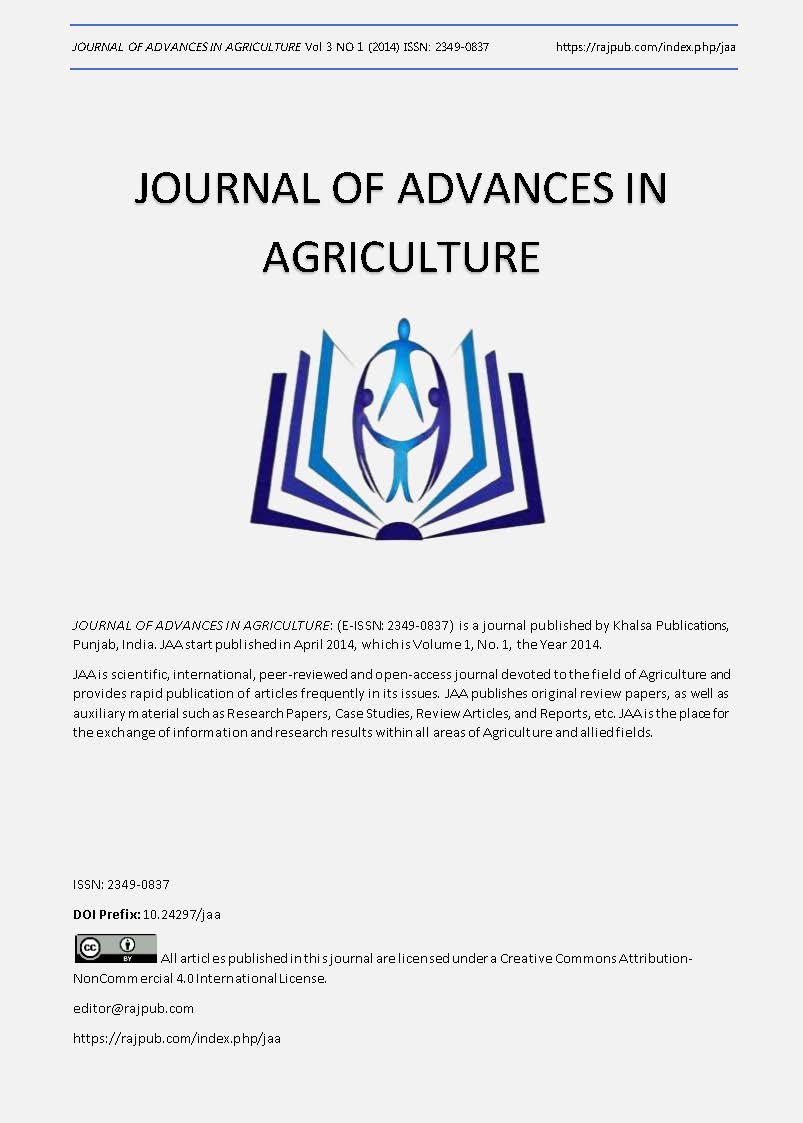Refining Dryland Farming Systems as a Means of Enhancing Agrodiversity and Food Security in Eastern Kenya: A review.
DOI:
https://doi.org/10.24297/jaa.v3i1.5410Keywords:
farming systems, monocropping, agrodiversity, food security, dryland.Abstract
Drylands which cover one third of the earth’s land surface and almost 80% of Kenya’s land surface are being used to grow dryland crops such as maize, beans, sorghum, millets and livestock. Studies show that refined farming systems can be used in enhancing ecosystem sustainability, through the promotion of species and crop diversity. For example, cropping patterns involving intercropping legumes and cereals have demonstrated varying success in maintenance of crop diversity in the Kenyan drylands showing land equivalent ratios (LER) > 1.0, although such benefits are often lost during low rainfall seasons. Research show that some genotypes can be used to reduce soil erosion, enhance nutrient availability, soil moisture retention, microbial earthworm activities and land use efficiency. Thus critical examination of farming systems for dryland areas suggests that long term multiple effects of the ecosystem, rather than the short term benefits not only increases yields but sustains the life of ecosystems. In this reveiw we submit that monocropping systems should be modified to include varieties that are suitable for different plots in the same site to enhance efficient utilization of underground diversity. In developing farming systems modelling approaches utilizing plant genotypic and epigenetic variations, ecological, edaphic and microbial cycles should be evaluated for dryland ecosystems.
Downloads
Downloads
Published
How to Cite
Issue
Section
License
 All articles published in Journal of Advances in Linguistics are licensed under a Creative Commons Attribution 4.0 International License.
All articles published in Journal of Advances in Linguistics are licensed under a Creative Commons Attribution 4.0 International License.




